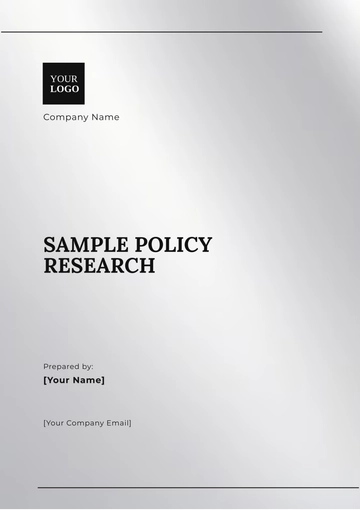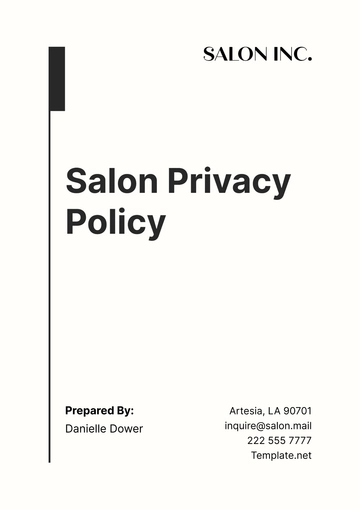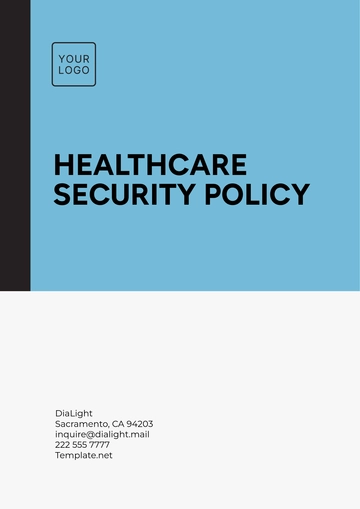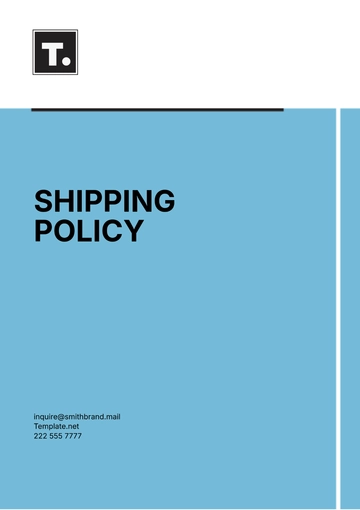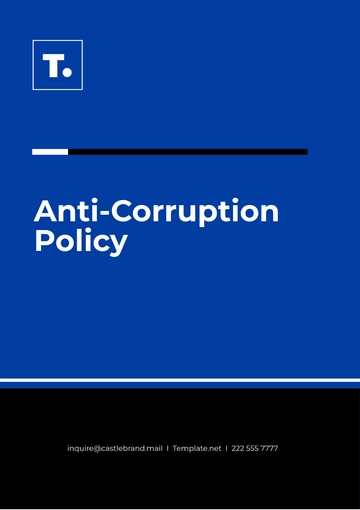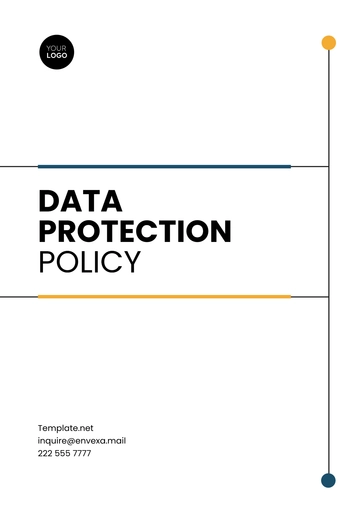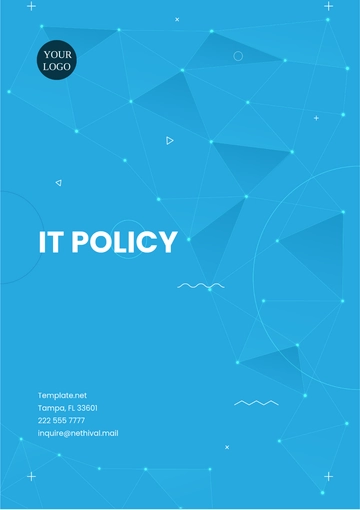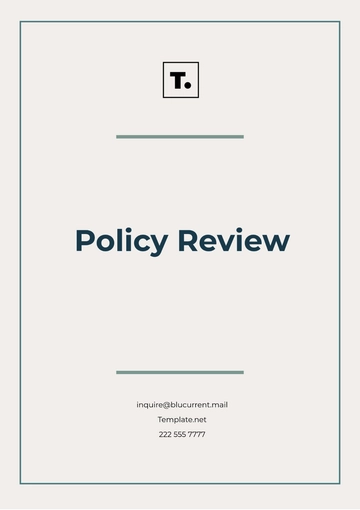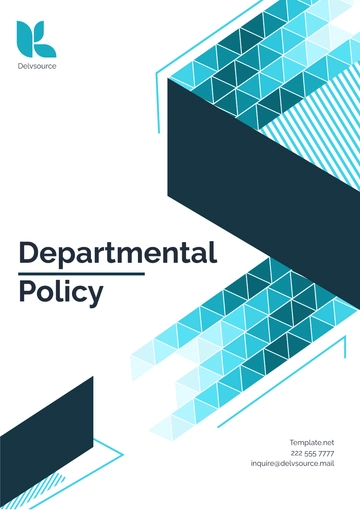Free Legal Corporate Anti-Money Laundering Policy
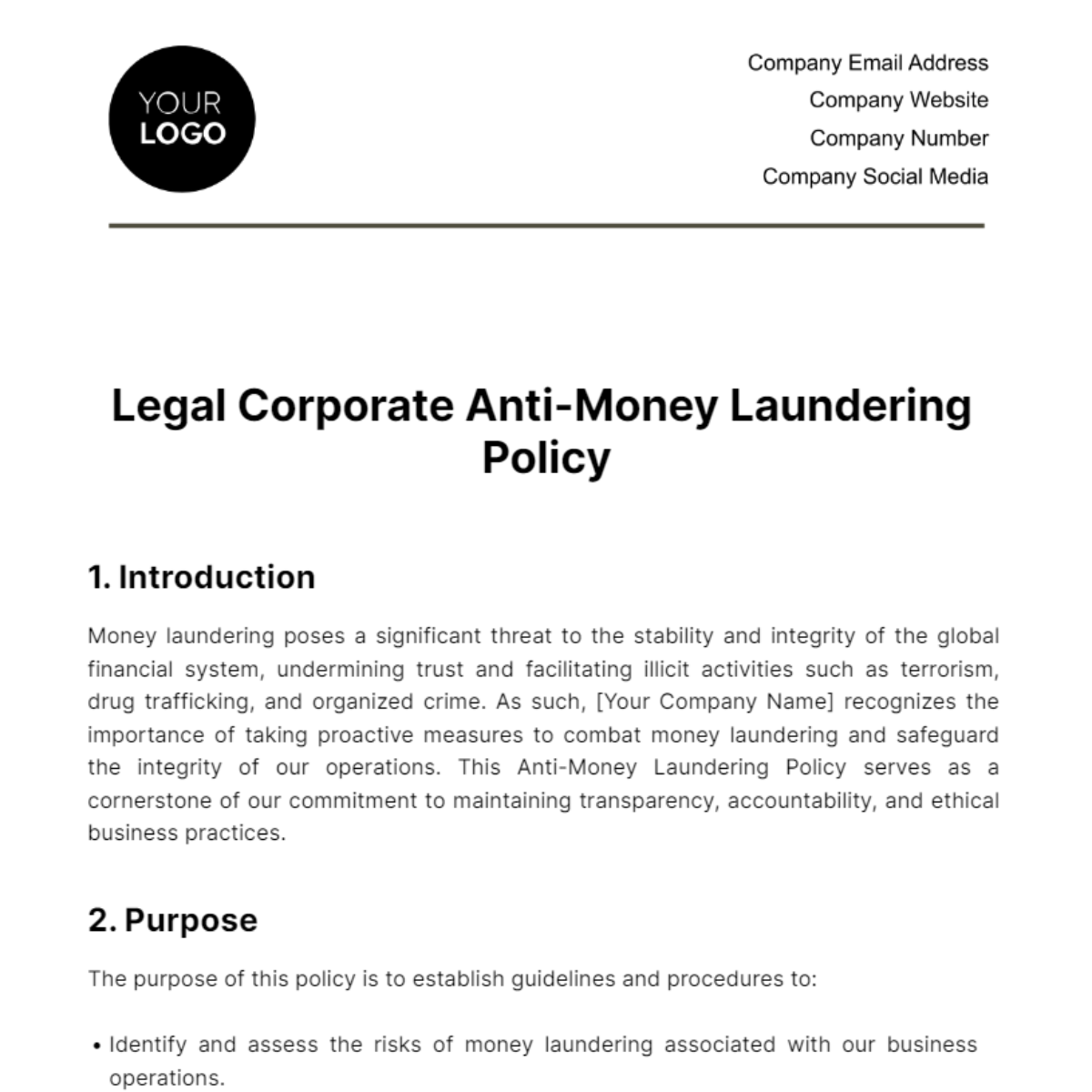
1. Introduction
Money laundering poses a significant threat to the stability and integrity of the global financial system, undermining trust and facilitating illicit activities such as terrorism, drug trafficking, and organized crime. As such, [Your Company Name] recognizes the importance of taking proactive measures to combat money laundering and safeguard the integrity of our operations. This Anti-Money Laundering Policy serves as a cornerstone of our commitment to maintaining transparency, accountability, and ethical business practices.
2. Purpose
The purpose of this policy is to establish guidelines and procedures to:
Identify and assess the risks of money laundering associated with our business operations.
Implement appropriate controls and measures to prevent and detect money laundering activities.
Ensure compliance with relevant anti-money laundering laws and regulations.
Provide training and awareness to employees to recognize and report suspicious activities.
3. Legal and Regulatory Framework
[Your Company Name] is committed to complying with all applicable laws and regulations related to anti-money laundering, including but not limited to:
The Bank Secrecy Act (BSA)
The USA PATRIOT Act
Financial Action Task Force (FATF) recommendations
Local regulatory requirements
Failure to comply with these laws and regulations can result in severe penalties, including fines and reputational damage to the company. By staying abreast of these regulatory developments and ensuring compliance with applicable laws, [Your Company Name] not only mitigates the risk of legal and financial penalties but also upholds its commitment to ethical business practices and corporate social responsibility.
4. Risk Assessment
[Your Company Name] conducts regular risk assessments to identify and evaluate the potential risks of money laundering associated with our business activities. This assessment takes into account factors such as:
The nature of our products and services
Geographic locations of operations
Customer demographics
Delivery channels
Transaction volumes
Based on the risk assessment, appropriate controls and measures are implemented to mitigate identified risks effectively. By identifying and prioritizing areas of heightened risk, we are better equipped to allocate resources strategically, implement targeted controls, and tailor our compliance efforts to mitigate the specific threats posed by money laundering activities.
5. Customer Due Diligence (CDD)
[Your Company Name] implements robust customer due diligence procedures to verify the identity of our customers and assess the risk of potential money laundering activities. This includes:
Obtaining identification documents from customers
Conducting enhanced due diligence for high-risk customers, such as politically exposed persons (PEPs) and high net worth individuals
Monitoring customer transactions for unusual or suspicious activities
By conducting thorough CDD, we not only comply with regulatory requirements but also enhance our ability to detect and deter illicit financial activities, thereby safeguarding the integrity of our business operations and the broader financial system.
6. Transaction Monitoring
Transaction monitoring is a critical component of [Your Company Name]'s anti-money laundering program, enabling us to detect and investigate suspicious activities in real-time. Our transaction monitoring systems utilize advanced analytics and algorithms to identify unusual patterns, trends, and anomalies indicative of potential money laundering or terrorist financing activities.
The following tables outline the parameters and thresholds used in our transaction monitoring process:
Table 1: Transaction Monitoring Parameters
Parameters | Description |
|---|---|
Transaction Amount | Monitoring transactions above a certain threshold for further investigation |
Frequency of Transactions | Identifying unusually frequent transactions by the same customer |
Transaction Patterns | Analyzing transaction patterns such as round-figure amounts or repetitive behavior |
Table 2: Transaction Monitoring Thresholds
Transaction Type | Threshold Amount (USD) | Frequency Threshold |
|---|---|---|
Cash Deposits | $[Amount] | 3 deposits/day |
Wire Transfers | $[Amount] | 2 transfers/day |
High-Risk Countries | Varies based on risk assessment | |
Structured Transactions | $[Amount] | 2 transactions/week |
By continuously monitoring customer transactions and account activities against these parameters and thresholds, we can promptly identify and escalate suspicious behavior for further investigation and reporting. Additionally, our transaction monitoring efforts are complemented by ongoing risk assessments and periodic reviews to ensure the effectiveness and efficiency of our monitoring processes in mitigating the evolving threats posed by financial crime.
7. Reporting and Recordkeeping
[Your Company Name] is committed to fulfilling its obligation to report suspicious activities to the relevant authorities promptly. Employees are required to report any suspicious transactions or activities to the designated compliance officer, who will then assess the situation and determine whether further action, such as filing a suspicious activity report (SAR), is necessary.
In addition to fulfilling regulatory requirements, maintaining comprehensive records of customer transactions and due diligence documentation enables [Your Company Name] to demonstrate our commitment to transparency and accountability. These records serve as a valuable resource in internal audits, regulatory examinations, and investigations, facilitating the identification of trends and patterns indicative of potential money laundering activities. By diligently documenting and reporting suspicious transactions, we contribute to the collective effort to disrupt illicit financial flows and protect the integrity of the global financial system.
8. Training and Awareness
[Your Company Name] provides regular training and awareness programs to employees to ensure they understand their responsibilities in preventing and detecting money laundering activities. This includes:
Training on relevant laws, regulations, and company policies
Recognition of red flags indicating potential money laundering activities
Procedures for reporting suspicious activities
9. Compliance Monitoring and Review
[Your Company Name] conducts periodic reviews and audits of its anti-money laundering policies and procedures to ensure they remain effective and up-to-date. This includes:
Assessing the adequacy of existing controls and measures
Identifying areas for improvement
Implementing corrective actions as necessary
10. Conclusion
In conclusion, [Your Company Name] recognizes that combating money laundering is a collective responsibility that requires ongoing vigilance, collaboration, and adaptation to evolving threats. By adhering to the principles outlined in this Anti-Money Laundering Policy and embracing a culture of compliance throughout our organization, we reaffirm our commitment to upholding the highest standards of integrity, ethics, and regulatory compliance. Together, we play a crucial role in safeguarding the integrity of the financial system and protecting society from the harms associated with illicit financial activities.
11. Contact Information
For questions or concerns regarding this Anti-Money Laundering Policy, please contact:
[Your Name]
[Your Job Title]
[Your Email Address]
Date of Last Review: [Month, Day, Year]
Next Scheduled Review: [Month, Day, Year]
- 100% Customizable, free editor
- Access 1 Million+ Templates, photo’s & graphics
- Download or share as a template
- Click and replace photos, graphics, text, backgrounds
- Resize, crop, AI write & more
- Access advanced editor
Introducing the Legal Corporate Anti-Money Laundering Policy Template by Template.net. Safeguard your organization against financial crimes with this customizable and editable template. Utilize our AI Editor Tool to tailor the policy to your specific requirements effortlessly. Strengthen compliance measures and mitigate risks effectively. Simplify anti-money laundering efforts with this essential resource. Ensure regulatory adherence and protect your business integrity.
You may also like
- HR Policy
- Restaurant Policy
- Company Policy
- Accounting Policies and Procedures
- Website Policy
- Privacy Policy
- Safety Policy
- School Policy
- IT and Software Policy
- Law Firm Policy
- Construction Policy
- Interior Design Policy
- Travel Agency Policy
- Education Academic Policy
- Security Policy
- Real Estate Policy
- Expense Policy
- Software Policy
